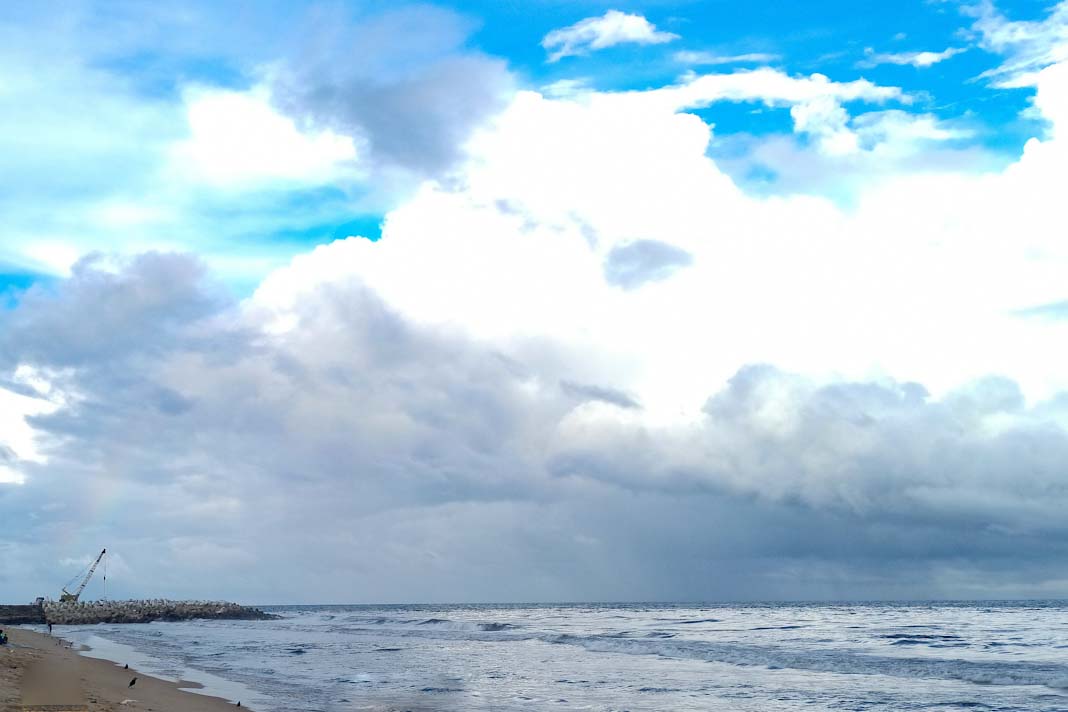
- Bauxite exports from Guinea surged 37% year-on-year in 2025, overtaking coal as the second-largest capesize cargo after iron ore.
- Seasonal monsoon rains may curb Q3 exports by 7 million tons, though impacts could be milder than in 2023–2024.
- Despite strong demand, Capesize freight rates remain under pressure due to elevated ballaster supply.
Driven by escalating Chinese demand for aluminium, Guinea’s bauxite exports have significantly increased, rising 37% compared to 2024 and 56% from 2023. This surge has elevated bauxite to the second-largest commodity carried by capesize vessels after iron ore, reshaping global capesize trade flows. Chinese investments in Guinea’s mining infrastructure, including rail and port systems, have enabled this robust export performance, especially during the first half of 2025, according to Signal Maritime.
Seasonal Wet Weather Threatens Short-Term Export Volumes
However, the onset of West Africa’s monsoon season (May–October) poses challenges. Historical data from 2022 to 2024 shows that Q3 typically experiences a 12%–17% drop in exports due to heavy rainfall disrupting mining, transportation, and port operations. A similar trend in 2025 could result in a 7-million-ton decline. While coastal regions are expected to see lighter rainfall due to La Niña conditions, inland areas—where mines are located—face average-to-above-average precipitation, which could impair logistics. Still, those miners that can maintain operations stand to benefit from tighter supply and firmer bauxite CIF China prices.
Tonne-Mile Demand Remains Elevated Despite Seasonal Risks
The increase in bauxite exports has significantly boosted tonne-mile demand. In Q2 2025, the 7-day moving average exceeded 5 billion tonne-miles, with a record high of 6 billion in early April—the highest in three years. If typical seasonal patterns repeat, Q3 could see a drop of around 1 billion tonne-miles. Even so, this would still be a seasonal low above those in 2023 and 2024, confirming strong underlying demand.
Freight Market Trends Show Modest Rate Response
Despite the spike in shipments, Capesize freight rates on key routes such as C14 and C14_182k (China–Brazil/West Africa round voyage) haven’t reached previous highs. Rates saw two noticeable jumps—late Q1 and mid-June—coinciding with bauxite export peaks, but remain capped. This is attributed to the increasing number of available ballasters, particularly in the Indian Ocean and South Africa.
Capesize Vessel Supply Keeps Rates Under Pressure
After a Q1 dip, the Capesize ballaster count has steadily risen, reaching a 7-day average of around 150 by late June—30 vessels more than the same period in 2024. This oversupply, compared to a typical baseline of around 100, continues to suppress freight rates despite stronger demand fundamentals.
South Africa’s Rising Role in Capesize Trade
South Africa’s mining momentum is also gaining traction, with bulk exports—particularly on Capesize routes—expected to surpass those of the last two years. This trend supports tonne-mile demand and adds to the structural shift in the Capesize market. Routes such as C17 (Saldanha Bay–China) and C14 are likely to see sustained utilization, reinforcing the South Atlantic’s importance in the dry bulk shipping landscape.
Structural Growth Amid Seasonal Volatility
Looking ahead, the bauxite-led demand surge is expected to remain a critical driver for Capesize vessels, though seasonal rainfall will pose temporary setbacks. Continued investment in West African mining infrastructure and South Africa’s expanding export base suggest a long-term structural lift for Capesize demand. While oversupply of vessels may limit near-term rate gains, stronger fundamentals point to improved utilization and gradual rate stabilization across the Atlantic–Far East corridor.
Did you subscribe to our Daily newsletter?
It’s Free! Click here to Subscribe!
Source: Signal Maritime
















